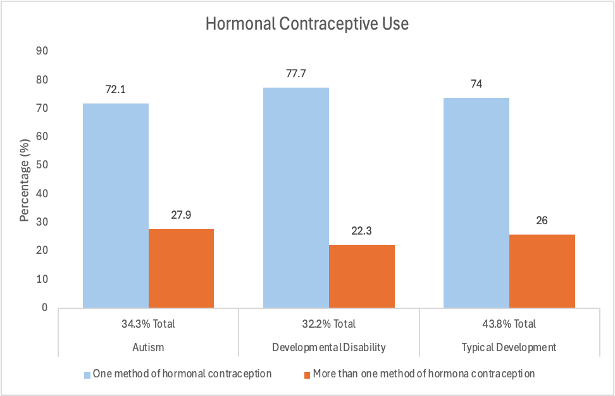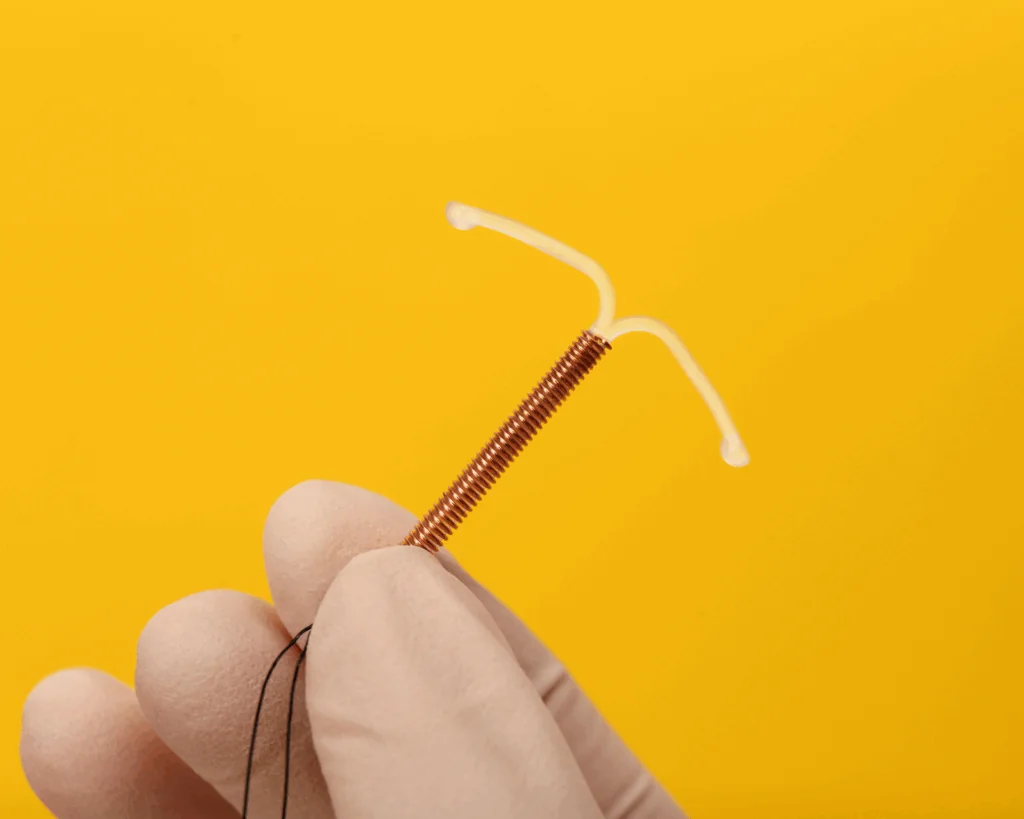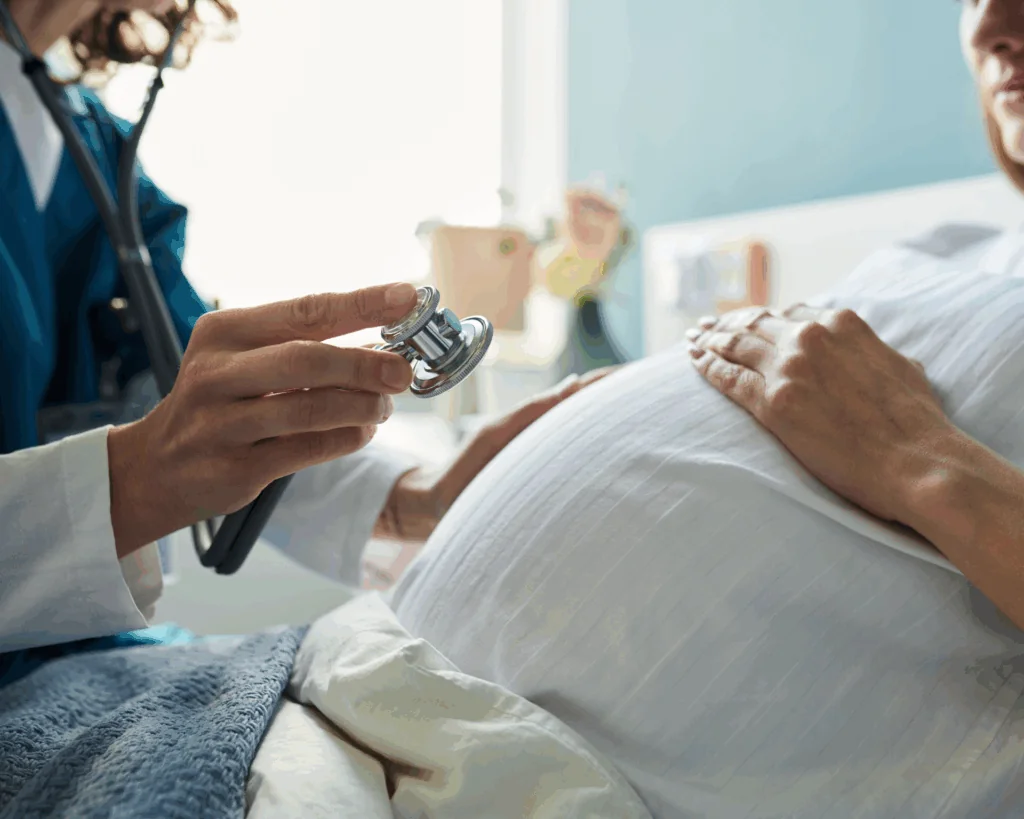The Contraceptive Care Divide Among Disabled Youth
Teens with autism and other developmental disabilities were less likely to use hormonal contraceptives than their typically developing peers.

Read Time: 2 minutes
Published:
Navigating reproductive health can be a complex journey for most teens and even more so for those with developmental disabilities, such as autism. Youths with developmental disabilities are more likely to experience hormonal abnormalities, which can lead to reproductive health problems, such as menstrual disorders or polycystic ovary syndrome. Treatments for these conditions often involve hormonal contraceptives like birth control pills, implants (e.g., Nexplanon), or intrauterine devices (IUDs).
While some states allow over-the-counter access to birth control, many states still require a prescription. For teens with developmental disabilities, disparities in accessing reproductive health care can present a significant barrier.
Jennifer L. Ames and collaborators analyzed electronic health records of 3,723 adolescents aged 14-18 enrolled in Kaiser Permanente Northern California. The study compared prescription rates of hormonal contraception, patterns of reproductive health care use, and diagnoses of menstruation-related health conditions between adolescents with developmental disabilities and their typically developing peers.

Findings revealed that teens with autism and other developmental disabilities were less likely to use hormonal contraception. Oral contraceptives were the most commonly used method across all groups. Primary care providers were the most frequent prescribers of oral contraceptives, followed by obstetrician-gynecologists for all groups. For teens with developmental disabilities, specialty providers like endocrinologists and dermatologists also frequently prescribed oral contraceptives.
One possible explanation for the lower rates of contraception use in youth with disabilities is reduced access to OBGYNs. Adolescents with autism and other developmental disabilities were less likely than their typically developing peers to visit the OBGYN (28.4% and 27.9% vs 39.1%).
Ames and colleagues’ findings highlight the need to enhance access to both pediatric and gynecologic care, especially for teens with developmental disabilities. Though the root causes of reproductive health care disparities in this population remain unclear, addressing them early may help prevent these gaps from continuing into adulthood.



